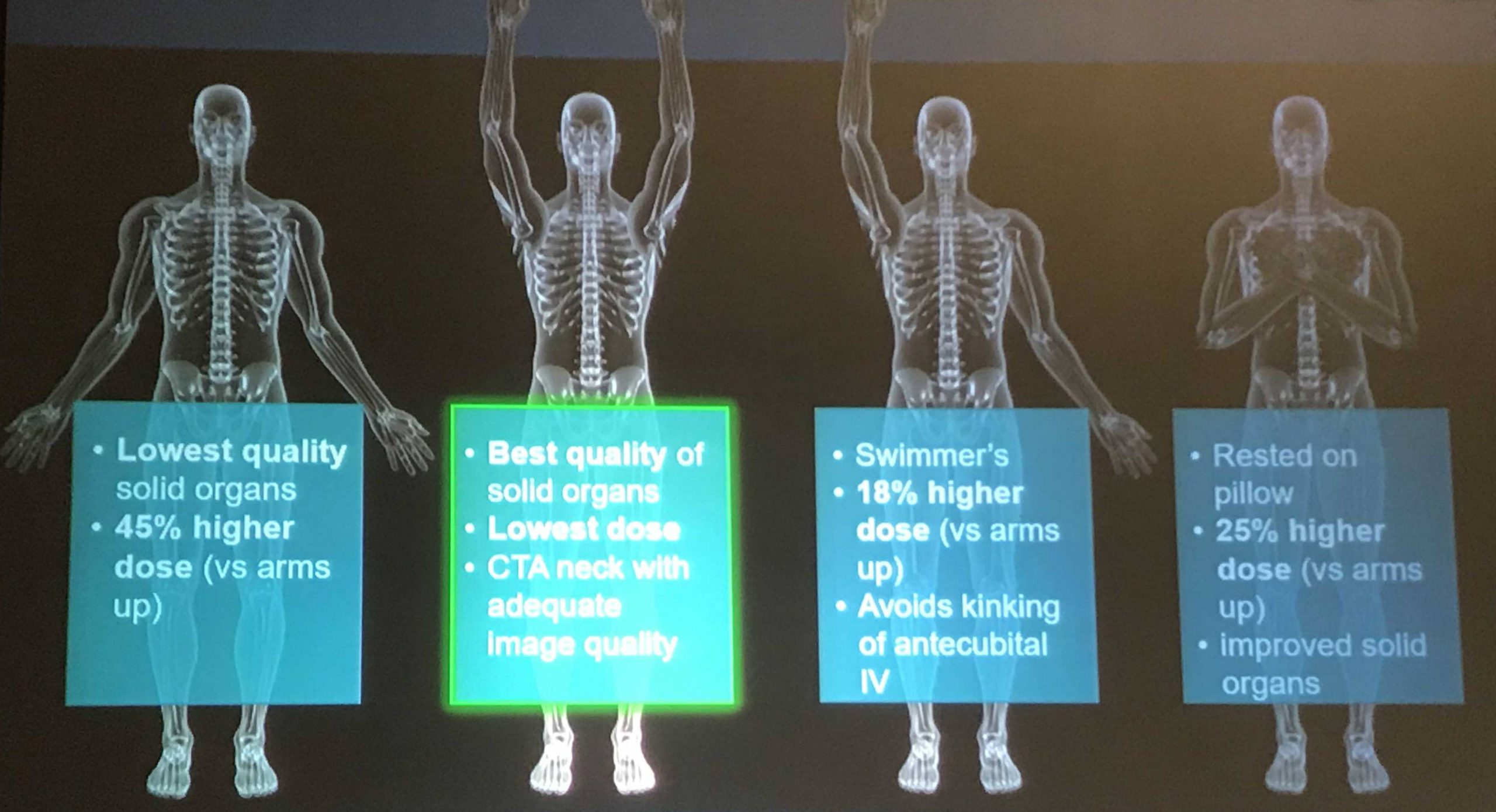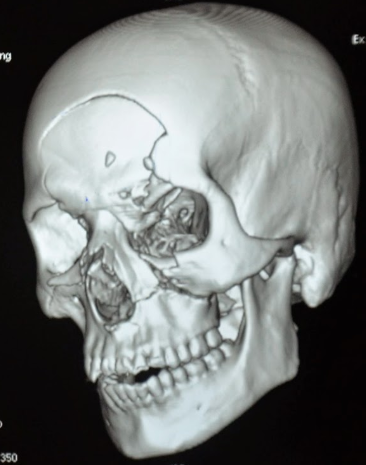In my last post, I described how the unscheduled and random use of CT scan in trauma activations can interfere with normal radiology department workflow, creating access problems for other emergency and elective patients. Today, I’ll detail a project implemented at my hospital to analyze the magnitude of this problem and try to resolve it.
We started with a detailed analysis of how the scanner was being used for trauma activation patients. Regions Hospital has a single-tier trauma activation system, with no mechanism of injury criteria other than penetrating injury to the head, neck, and torso. There were usually about 850highest-level activations per year at the time, and traditionally the CT scanner had been “locked down” when the activation is announced. The CT techs would complete the current study on the table, then hold the scanner open until called or released by the trauma team.
Since we are a predominantly blunt trauma institution, we scan most stable patients. Our average time in the trauma bay is a bit less than 20 minutes. Add this time to the trauma activation prenotification time of up to 10 minutes, and the scanner has the potential to sit idle for up to half an hour. And in some cases when scan is not needed (minor injuries, rapid transport to OR) the techs were not notified and were not aware they could continue scanning their scheduled cases.
A multidisciplinary group was created and started with direct observation of the trauma activation process and a review of chart documentation and radiology logs. On average it was calculated that the scanner was held idle for an average of 17.9 minutes too long. This is more than enough time to complete one, or even two studies!
A new process was implemented that required the trauma team leader to call out to the ED clerk placing orders for the resuscitation 5 minutes before the patient would be ready for scan. I still remember the first time this happened to me. I was so used to just packing up and heading to scan, I got a little irritated when told that I hadn’t made the 5-minute call. But it’s a good feedback loop, and I never forgot again!
We studied our workflow and results over a 9-week period. And here are the factoids:
- The average CT idle time for trauma activations before the project was 17.9 minutes
- This decreased to an average idle time of 6.4 minutes during the pilot project
- Total idle time for all activations was 8.3 hours, but would have been 36 hours under the old system
- A total of 28.6 hours were freed up, which allowed an additional 114 patients to be scanned while waiting for the trauma activation patients
This was deemed a success, and the 5-minute rule is now part of the routine flow of our trauma activations. We rarely ever have to wait for CT, and if we do it’s usually due to the team leader not thinking ahead.
Bottom line: This illustrates the processes that should be used when a quality problem surfaces in your program:
- Recognize that there is a problem
- Convene a small group of experts to consider the nuances
- Generate objective data that describes the problem in detail
- Put on your thinking caps to come up with creative solutions
- Test the solutions until you find one that shows the desired improvement
- Be prepared to modify your new systems over time to ensure they continue to meet your needs



